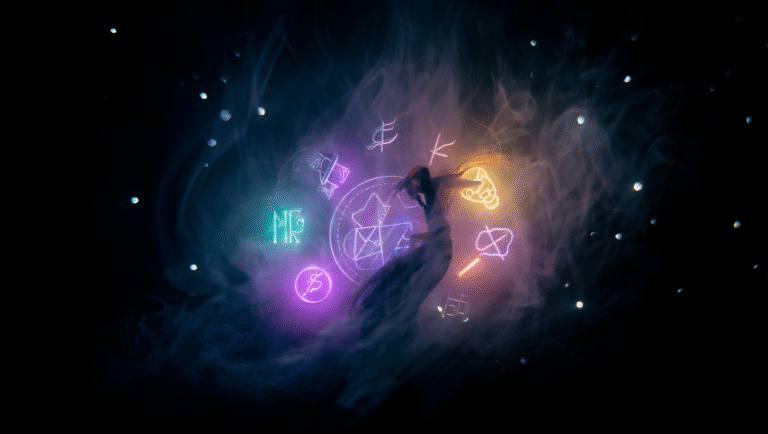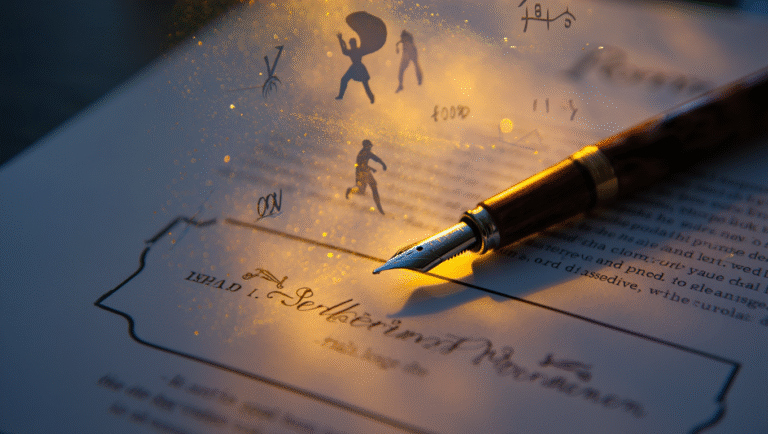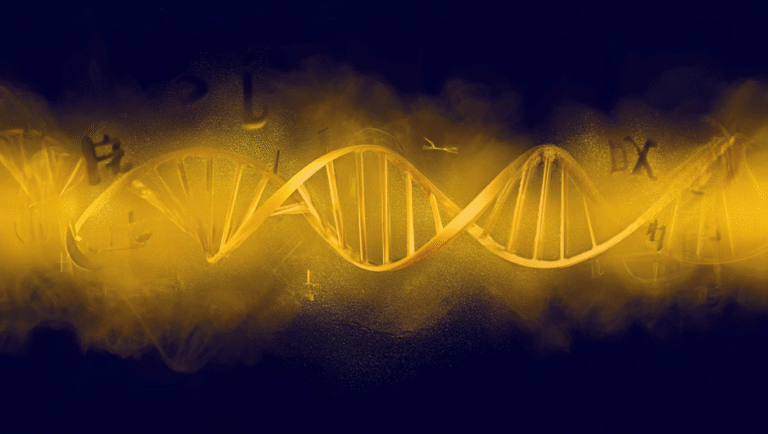Helping a Startup CEO with Human Design
Ever heard of Human Design and thought, “That sounds like another personality test with a fancy name”? I get it—I was skeptical too. But after years consulting stressed-out professionals, I’ve seen first-hand that weaving a bit of Human Design into business strategy can actually change the game. Let me walk you through a real-life case where I worked with a startup CEO, using Human Design as a practical tool (not a magical solution) for better decision-making, team harmony, and personal sanity.
Context: Startups, Stress, and Self-Knowledge
Startup founders juggle everything—funding, hiring, product, growth. Most work 12+ hour days, powered by coffee, adrenaline, and a spreadsheet full of investor asks. In this chaos, self-reflection can seem like a luxury. But when you’re the decision-maker, understanding your unique wiring matters. That’s where Human Design comes in: it’s a framework that combines elements of astrology, the I Ching, Kabbalah, and the chakra system to map out how you process energy, make decisions, and interact with others. (Still with me? Promise, no incense required.)
The CEO: Meet Alex
Alex (not their real name) was 33, running a SaaS startup with a lean team of 8. They’d just closed a seed round but felt stuck—burned out, frustrated with hiring, and second-guessing every choice. Alex wanted focus, less stress, and a better way to lead their team. That’s when they reached out for a Human Design consult.
“I felt like I was always pushing against the tide. No matter how much I planned or hustled, something was off.”
— Alex, Startup CEO
Step-by-Step: Using Human Design with a CEO
Step 1: Quick Human Design Chart (5 min)
First, I asked Alex for their birth date, time, and location. We used MyBodyGraph.com (free, no weird signups) to generate a chart. The chart told us Alex is a Projector—one of five Human Design types. Projectors are natural guides and strategists, but they burn out fast if they try to work like Generators (the classic “9-to-5, hustle harder” types).
- Pro tip: If you don’t know your type, use this free tool to get started.
Step 2: Decode Core Strengths (5 min)
We walked through Alex’s chart basics, skipping the jargon. Here’s what came up:
- Decision-Making: Alex’s chart showed “Emotional Authority,” which means making big choices after sleeping on them (not impulsively).
- Work Style: Projectors need downtime and thrive when invited to share their insights—not when hustling 24/7.
- Communication: Alex’s open throat center pointed to the need to communicate authentically, not just “say what investors want to hear.”
Step 3: Apply to Real Business Problems (5 min)
We identified where Alex was fighting their design:
- Trying to lead daily standups (energy-draining for Projectors)
- Making snap decisions under pressure (ignoring emotional authority)
- Saying yes to every investor coffee (instead of focusing on the right connections)
We made a simple “Do/Don’t” list:
| Do | Don’t |
|---|---|
| Block 1 hour daily for deep work/reflection | Overbook calendar with back-to-back meetings |
| Sleep on big decisions, trust gut over pressure | Say yes to every opportunity |
| Delegate energy-draining tasks (e.g., daily check-ins) | Micromanage team process |
15-Minute Ritual: Decompress and Refocus
- 5 min: Close laptop, silence phone
- 5 min: Note top 3 decisions pending—label as “sleep on it” or “act now”
- 5 min: Walk/stretch, no screen, just observe thoughts
Bonus: Alex started using a simple desk timer as a physical reminder to pause.
Checklist: Human Design for Startup Leaders
- Know your type (Projector, Generator, Manifestor, Manifesting Generator, Reflector)
- Check your decision authority (e.g., Sacral, Emotional, Splenic)
- Notice where you struggle—is it energy, decisions, communication?
- Match your work style to your design (e.g., batching meetings, scheduling downtime)
- Communicate your needs to your team—transparency beats burnout
Best Tools & Resources
- MyBodyGraph – Free chart generator
- Jovian Archive – Official Human Design resources
- “Understanding Human Design” by Karen Curry – Clear intro book
- TimeCube Timer – Simple tool for mindful breaks
Human Design Type Cheat Sheet for CEOs
| Name | Key Feature | Best Work Style | Amazon Resource |
|---|---|---|---|
| Projector | Guide, strategist, needs rest | Deep-focus, advisory, not grind | Book |
| Generator | Energy engine, steady worker | Routine, respond to tasks | Book |
| Manifestor | Initiator, bold, independent | Solo sprints, inform team | Book |
| Manifesting Generator | Multitasker, hybrid energy | Variety, rapid shifts | Book |
| Reflector | Mirror, sensitive to environment | Flexible, needs right team | Book |
Results: What Changed for Alex
Within two weeks, Alex reported:
- Less exhaustion—actually enjoyed team meetings again
- Fewer “decision regrets” (thanks to waiting before big moves)
- Better boundaries—declined 3 unnecessary calls, focused on key hires
- Team noticed Alex was calmer, more present
“For once, I didn’t feel like I was faking it. I could just lead how I’m wired.”
— Alex
Is Human Design for Every CEO?
Human Design isn’t a magic bullet. It won’t fix a bad business model or do the hard work for you. But as a self-awareness tool, it helps founders play to their strengths, delegate smarter, and stop beating themselves up for not fitting a mold. If you’re curious, start with your chart and notice what resonates. If it feels like nonsense, that’s okay—move on. If it gives you one actionable insight, that’s a win.
Shop the Tools Mentioned
- Understanding Human Design by Karen Curry (For Projectors & Reflectors)
- The Definitive Book of Human Design (For Generators & Manifesting Generators)
- TimeCube Timer (For mindful work breaks)
Want to try Human Design with your team? Start with a free chart, read up (skip the hype), and test one small change for a week. You might be surprised what clicks.
Some links in this post are affiliate links. If you buy through them, it won’t cost you extra—but it helps keep this blog running. Thanks for your support!







